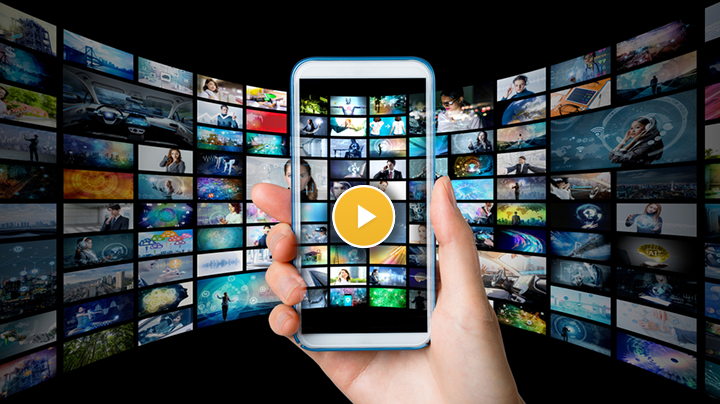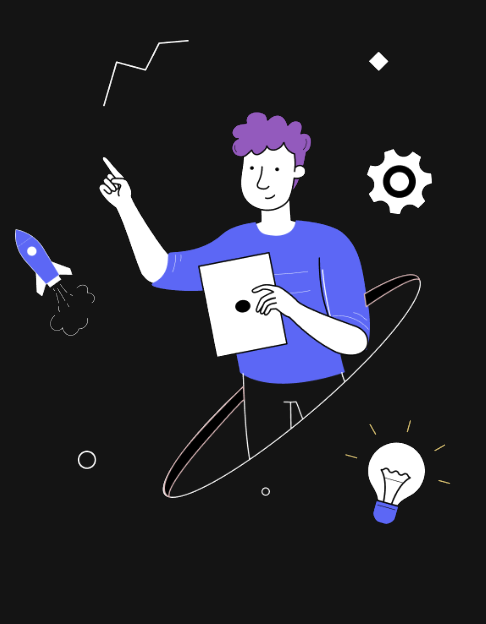The Best Technology Stack For Building a Live-streaming Application
In a fast-paced world where life goes around the hustle & bustle of day to day tasks, people do find time to fiddle into their smartphones. Be it their favourite event or sport or even live news, the spectators can’t compromise to miss out even a few seconds of the content. We can witness them while traveling locally on buses and trains. The concept of live-streaming services has been around for quite a while now and it is gaining exceptional popularity among generation X and Y (Millenials). Now, just let me throw some light on a few amazing proven statistics on live-streaming application :
- Nearly two-thirds of the global respondents (65%) say that watch some form of VOD programming, which includes long-and short-form content.
- More than half of global respondents (59%) mention that they don’t mind getting advertising if they can view free content.
- Over three-quarters of the worldwide respondents (77%) who watch VOD programming preferably go for live streaming because it allows them to access the desired content as per their convenience.
- Among those who watch VOD programming, Millennials and Gen X respondents are the most likely to agree that they like to catch up on multiple episodes at once.
What do you think a stack is? Well, a stack is a setup where several objects are piled up in order one onto another. So, now you may have an idea of what a technology stack is all about. It brings basic details of how a person should start building up an application, and in our case, we have a live-streaming video application. Now, let’s look at the best updated (September 2019) technology stack that can be used to have a seamless development of a live-streaming application. Before that, if you are looking forward to creating one of yours then look at some incredibly easy steps to create a live-streaming video application to give you a clear picture and bring every detail to the light.
Now, let’s stop beating around the bush and start with the discussion. Here are some most-preferred technologies & tools used in Live streaming android app development:
Programming Languages/Frameworks
This is one of the fundamentals that we need to focus on more than anything, that is, which programming language or framework you’re going to use to best-fit and keep up with the trending needs of the potential customers. Since the customers aspire to get new innovative functionalities with an application based on Over-The-Top services, it is imperative to meet the standards for native app development and this can only be achieved using native application languages like Swift for iOS and Java/Kotlin for Android. Alternatively, you can have a look at hybrid application development frameworks based on the following languages:
C++ (GO), HTML5/CSS3, Java, JavaScript (Node.js, React, RxJS, Restify, EmberJS, AngularJS, BackboneJS), Python, Ruby (Ruby on Rails).
# Data Storage/Management
Data privacy has always been a sensitive topic to talk about. The technology has evolved since the new database structures are being tested and deployed. Big-data technologies have been around for quite a while now, for example, Atlas-DB, Cassandra, MySQL, Oracle, PostgreSQL and you can choose any one of them as per your needs. However, the best choice for handling unstructured data and rapid increase in scaling can be done by Cassandra in a very optimal manner.
# Cloud Platforms
The combination of AWS Elemental MediaLive and AWS Elemental MediaPackage provides the best solution for live streaming functionality in your application. When combined with the famous content delivery network, Amazon CloudFront comes in rescue to build a highly scalable and resilient architecture that delivers your content worldwide. The services that provide this architecture are: Amazon EC2/S3.
# CDN(Content Delivery Network)
One of the fastest content delivery network (CDN) services is Amazon CloudFront that securely delivers data and other content to all the customers across the globe with the lowest possible latency & high transfer speeds. The seamless working of CloudFront includes AWS shield mitigation of DDos, S3 service, & balancing of elastic load etcetera. Also, you don’t need to pay for any data transferred among these components. Lastly, I suggest you deploy Amazon CloudFront for the offered services but we do have other alternatives as well, for example, Cloudflare, Fastly, Open Connect, etc.
# Analytics
Analytics plays an important role in user preferences. Getting an automated system that understands users’ interests would add an extra edge to your application and you have a wide variety of them in the market such as Google Analytics, Hadoop, Hive, MixPanel, Mode, Parquet, Pig, Presto, & Spark.
# Streaming Protocols
This is one of the most important topics to talk about if a person is talking about live content delivery. The content delivery mechanism has to follow some protocols to perform a sort of things for which it has been designed. The market-leading protocols providing enormous features are Adobe HTTP Dynamic Streaming, Apple HTTP Live Streaming, M2TS, MPEG-DASH, Microsoft Smooth Streaming, & RTMP.
# Media Codecs
If you’re aware of how a video is created, then you should also be aware that the images are played continuously in a chronological order.
These images have high-definition qualities (at least 720p, till 1080p, and 4K) that are needed to be compressed for the faster transfer from source to destination. Furthermore, from the source, images are compressed and decompressed at the destination. This is done by a device or a program called video codecs. Now we have H.265 which takes almost half of the bandwidth to deliver similar quality content that can be provided by the H.264 codec. Codecs perform various actions on the server-side just like transmitting the files to the user, uncompressing it, and sending it to the screens and speakers. You can say that codecs are a general term for compression/decompression.
# Geolocation
An IP address can provide a physical address of any device connected to the internet. Geolocation makes the best out of this location. It also helps in streaming content worldwide as the content providers would know the user’s location beforehand. This helps in delivering the best fit content to the users to keep them entertained with the services provided. You can integrate Google Maps, MapKit/Core Location (iOS) to fetch the location of your users.
# Push Notifications
The key to profitability in this industry are the subscribers that your application holds. To keep up the pace you need a must-have feature that is a push notification mechanism to tempt your trialists to become one of the subscribers (paid-ones). You should understand how to convert them from free to paid ones. Let’s say, you have analyzed that a particular customer has purchased a pay-per-view ticket for a sports match last month and you’ve to tempt him in luring words to have a push notifications. What will be your strategy for it? You either schedule this notification while a match is going on or right before the commencement of this event to encourage a user to watch it right now or he’ll miss it.
This creates excitement at the moment and adds to the immersive quality of your streaming device and the sports viewing experience. You can use Firebase, PubNub, Twilio, etcetera in your application.
Conclusion
At last, let me tell you that the development of this type of application will cost you an arm and a leg as the live-streaming application development is no less a hot potato. But the efforts will not go in vain. Choosing the top-notch technologies from the given pool will always produce something which will benefit almost forever as it tempts new potential customers and much more. The development of an application like this is the best of both the worlds in a way that choosing the right niche and monetization methods can find your way to the immense success.
-

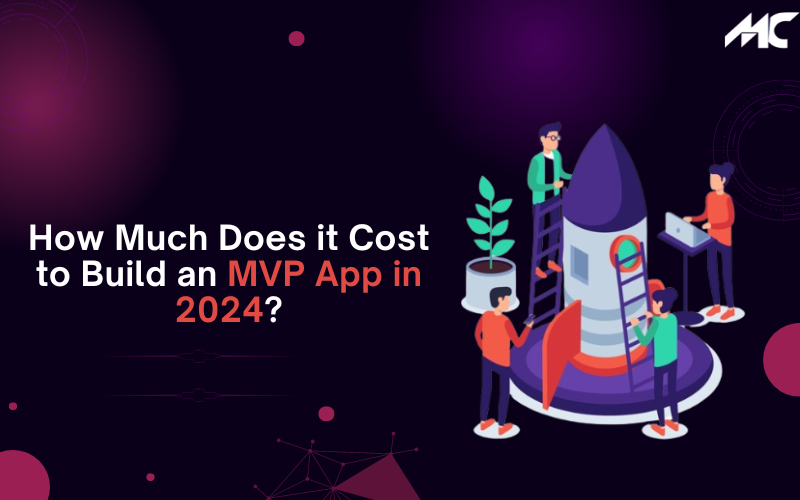 How Much Does it Cost to Build an MVP App in 2024?
How Much Does it Cost to Build an MVP App in 2024? -

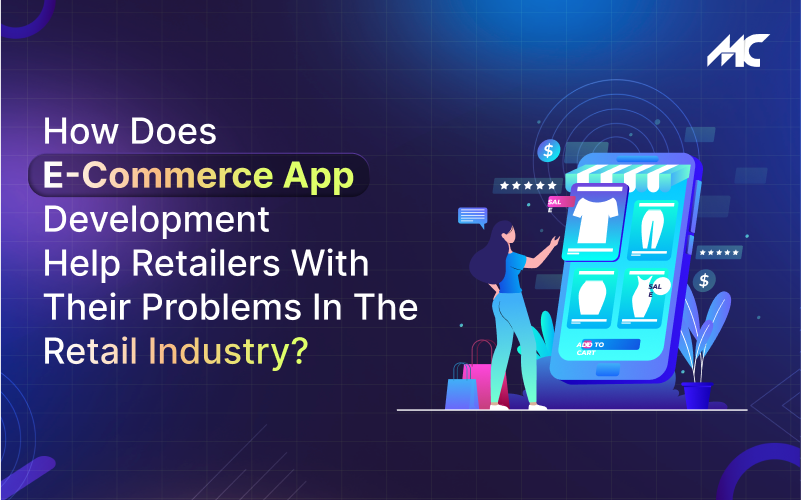 How Does E-Commerce App Development Help Retailers With Their Problems in the Retail Industry?
How Does E-Commerce App Development Help Retailers With Their Problems in the Retail Industry? -

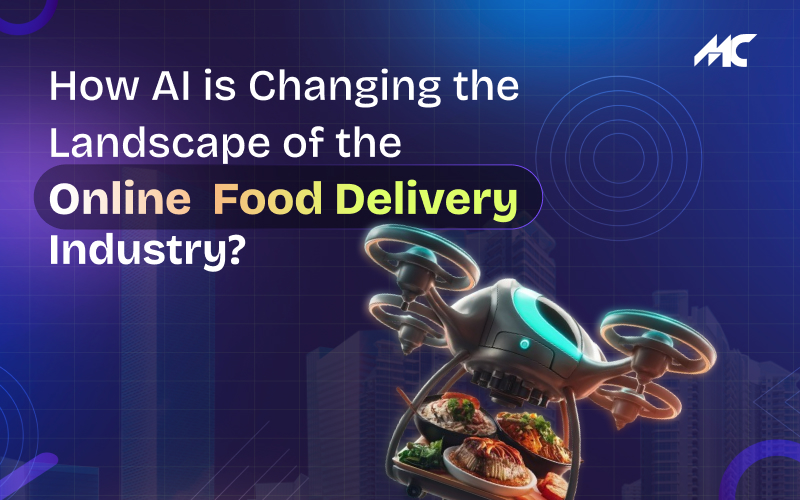 How AI is Changing the Landscape of the Online Food Delivery Industry?
How AI is Changing the Landscape of the Online Food Delivery Industry?



